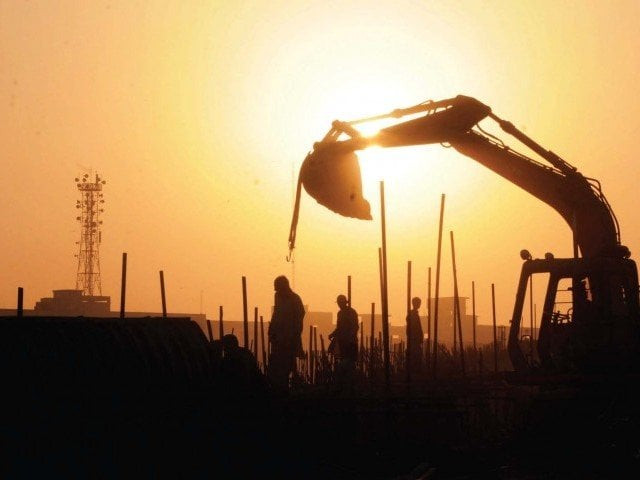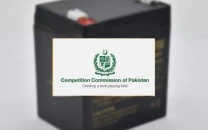BOT schemes – key initiative for infrastructure provision
Successful project execution requires enabling political, legal and economic environment

The use of public-private partnership to design, build and deliver infrastructure worldwide has grown significantly over the past decade.
Research has shown that if public-private partnership is properly designed and transparently reported, it can enhance the efficiency of provision of services, which were earlier supplied solely by the private sector.
A key form of such public-private partnership is the Build, Operate and Transfer (BOT) model.
BOT projects are a type of public-private partnership that involve significant design and construction as well as long-term operations for newly built (greenfield) projects or significant refurbishment (brownfield) projects.
BOT projects are typically used to develop a discrete asset rather than a whole network. In a BOT project, the project company or operator generally obtains its revenues through a fee charged to the utility/government rather than tariffs charged to consumers.
BOT schemes have historically been used extensively for the development of mining and natural resources. Since the 1980s, these schemes have gained currency with governments around the world to systematically raise off-balance-sheet financing for infrastructure and industrial projects.
Characteristics of BOT schemes
BOT schemes reflect the concept of ‘public choice’ paradigm in terms of governance and administration as international investors are increasingly playing a crucial role in the financing and administration of public functions.
The private sector designs, builds and operates a public function vital for economic growth and stability. In return, the private sector partner involved in the project is given a long-term contract to administer the public function that may run for a period of 25-30 years.
The main objective of BOT projects is to obtain infrastructure facilities with greater speed and efficiency. BOT projects can provide a unique opportunity to both the financiers and owners to meet the ever-increasing demand for infrastructure in Pakistan.
READ ECNEC approves Rs20.7b infrastructure project for KCR: Umar
Advantages
BOT arrangements can play an important role in infrastructure development. With tight budgets, governments have found themselves either unwilling or unable to finance the growing need for new infrastructure initiatives.
As a result, governments around the world have endeavoured to engage the private sector to develop and operate key infrastructure services.
In the case of Pakistan, some road networks such as the Lahore-Sheikhupura-Faisalabad dual carriageway and Neelum-Jhelum hydroelectric power project are key examples of BOT projects that have been completed successfully.
The advantages that BOT projects offer can further be tapped by developing countries like Pakistan for efficient infrastructure provision such as water, power and transportation.
It is important to note that there are certain critical factors for successful implementation of BOT projects, which include an enabling political, legal and economic environment.
In Pakistan, BOT contracts can be complicated due to long-term contractual obligations and the multiplicity of players.
BOT arrangements transfer risks from the government to the private promoter. From the point of view of the government, the money should be spent economically, efficiently and effectively.
The success of BOT projects depends on the proactive role of the government to appropriately allocate risks at an early stage of the projects. Governments must also provide supportive legal, political and commercial environment for BOT projects.
The writer is a doctoral candidate at the Bartlett, UCL
Published in The Express Tribune, October 4th, 2021.
Like Business on Facebook, follow @TribuneBiz on Twitter to stay informed and join in the conversation.



















COMMENTS
Comments are moderated and generally will be posted if they are on-topic and not abusive.
For more information, please see our Comments FAQ